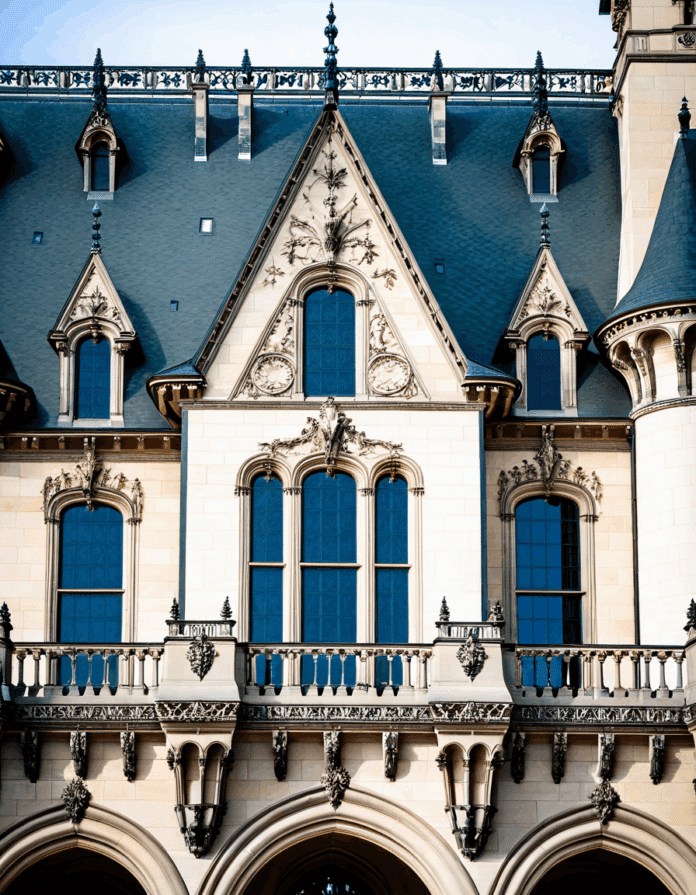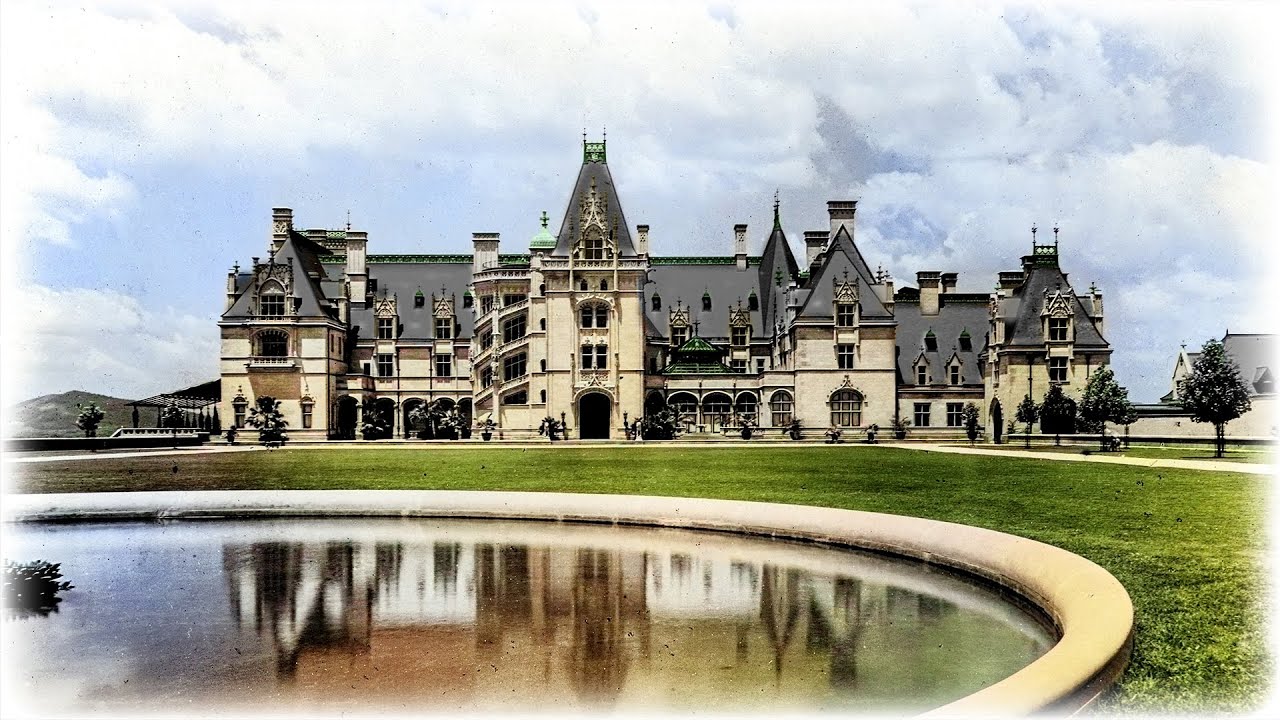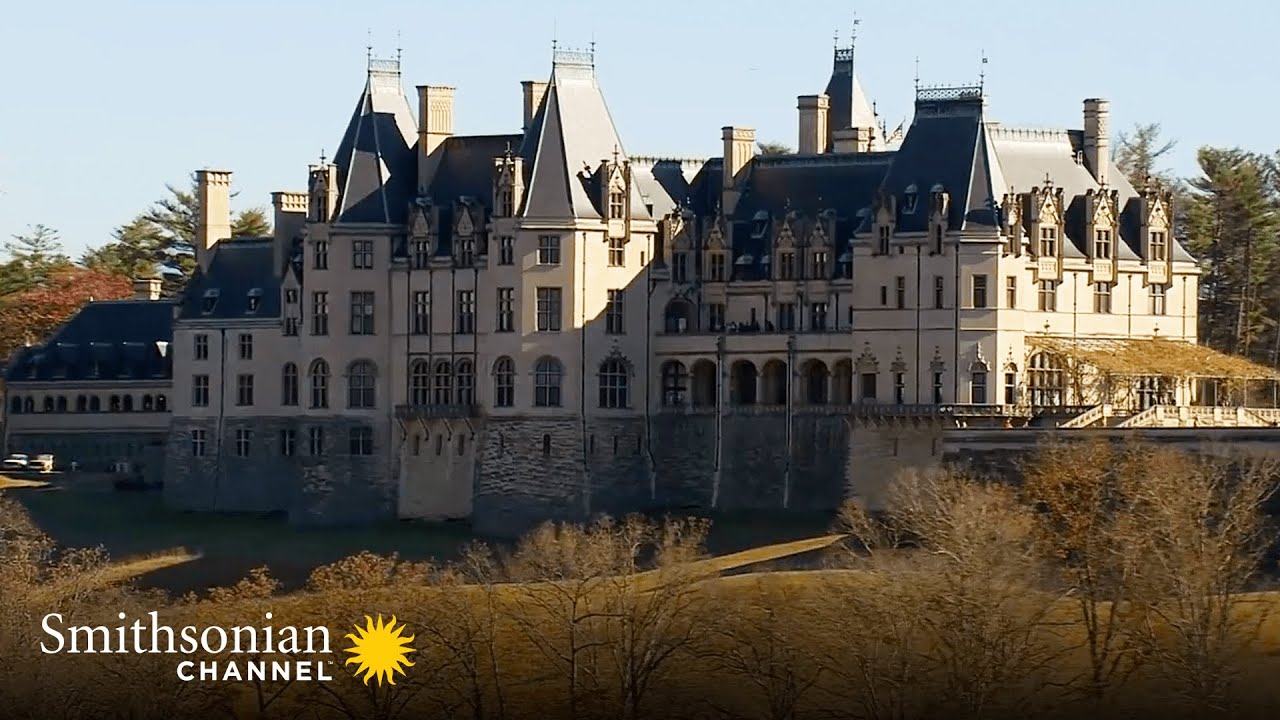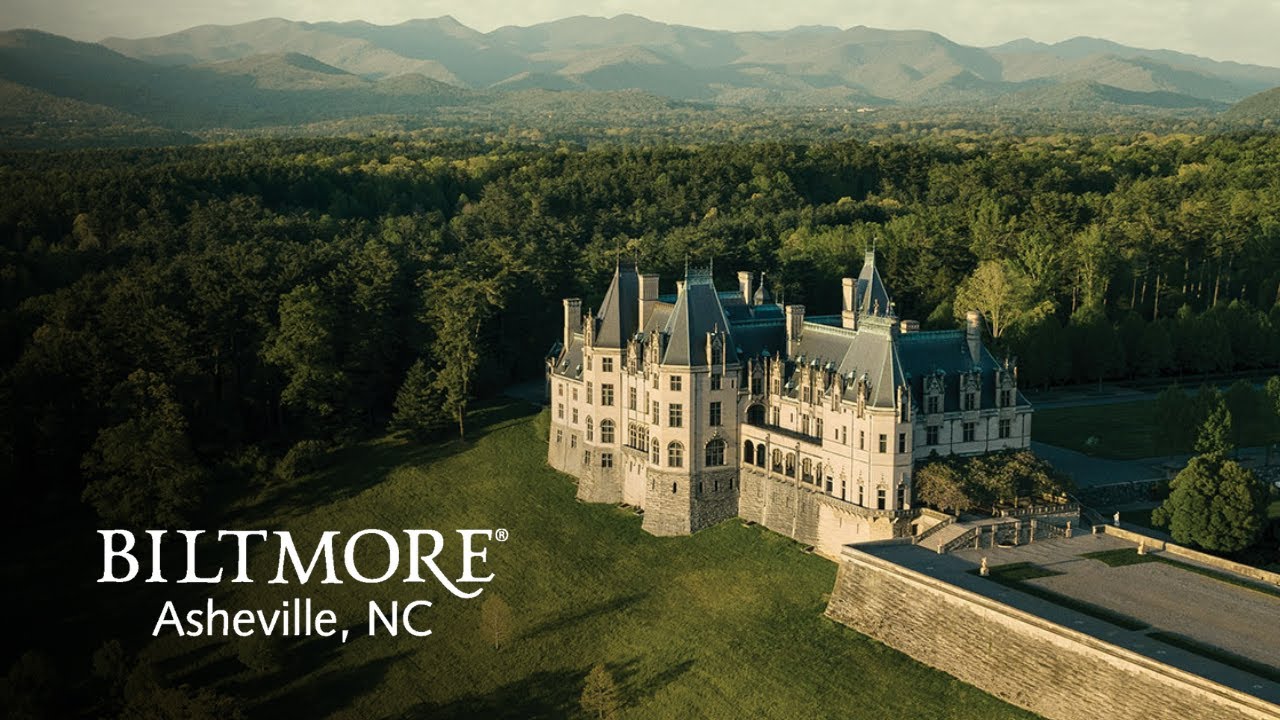Nestled in the rolling hills of Asheville, North Carolina, the Biltmore Estate stands as a testament to America’s rich history and architectural brilliance. This grand estate, built by George Washington Vanderbilt II, showcases the luxury of the Gilded Age. Completed in 1895, the sprawling Biltmore mansion spans over 175,000 square feet, making it one of the largest privately-owned homes in the United States. Its blend of Châteauesque architecture and modern elements captures the imagination of visitors from around the globe. Let’s delve deeper into the marvels of the Biltmore Estate that will truly leave you breathless.
The Biltmore Estate’s Architectural Marvels: A Closer Look at the Biltmore Mansion
The Biltmore mansion isn’t just large; it’s a work of art. Designed with careful attention to detail, it features intricate wood and stone carvings that reflect the opulence of the era. As you step inside, you’re greeted by the magnificent double staircase that spirals gracefully from the grand foyer, inviting guests to explore further.
Among its many highlights, the lavish library stands out, containing over 10,000 volumes. Visitors often find themselves pausing to admire its stunning murals and elaborate woodwork. This is a space where both literature and elegance meet, providing a serene escape from the hustle of daily life.
Architectural tours of the Biltmore Estate reveal fascinating stories behind the construction, including the challenges faced by artisans and craftsmen. The mansion beautifully encapsulates the aspirations of its founder, merging his love for art and nature into the very foundation of its build.
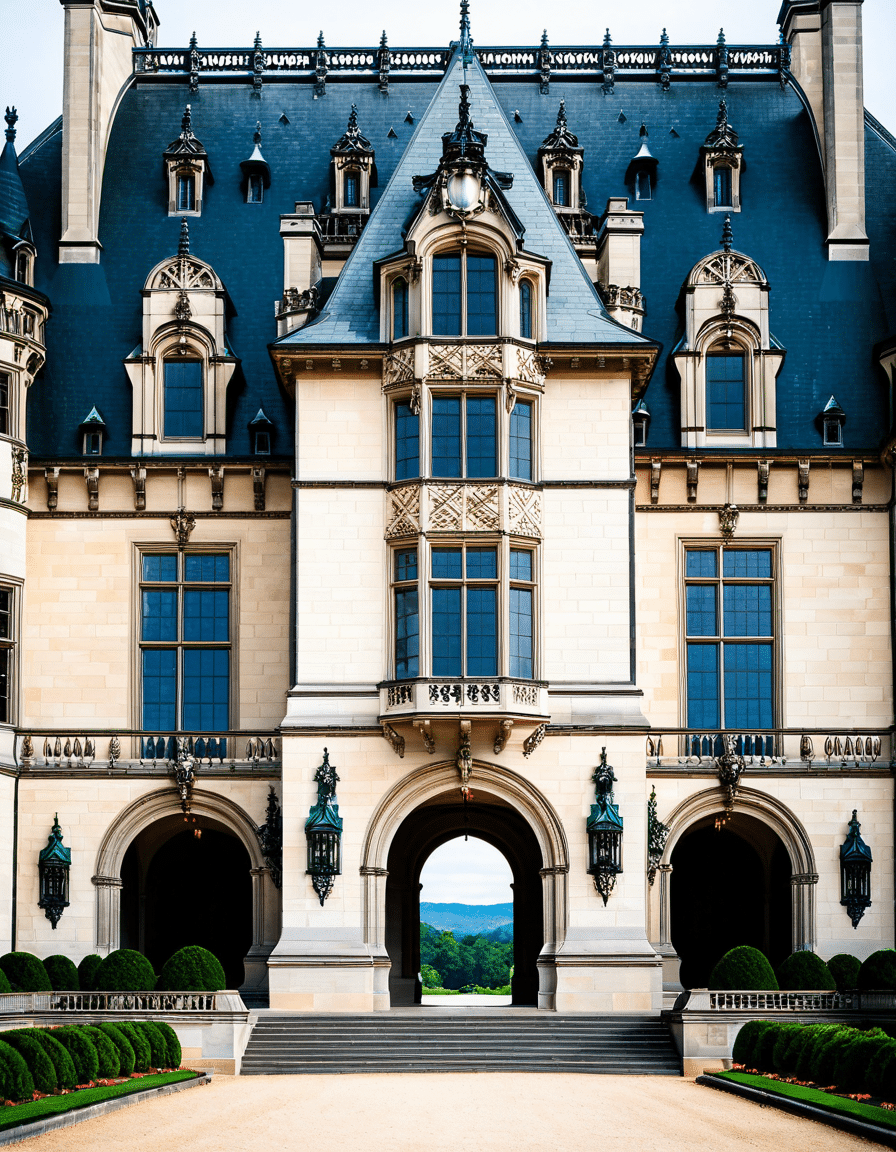
Unforgettable Spaces: The Biltmore House’s Most Breathtaking Rooms
As you wander through the estate, several rooms leave lasting impressions:
There’s truly no shortage of mesmerizing sights within the Biltmore house. Each room tells its own story, reflecting the opulence, artistry, and history that make the estate so special.
The Scenic Overlook: Views from the Biltmore Estate’s Grounds
The Biltmore Estate isn’t just about the mansion; its expansive grounds offer breathtaking views that draw visitors outdoors. Spanning 8,000 acres, the property features beautifully landscaped gardens, intricate floral displays, and natural landscapes that leave guests in awe.
One of the most picturesque views is found near the Italian Garden, where visitors can gaze over the rolling hills of the Blue Ridge Mountains. The serene beauty encourages many to take a moment, breathe deeply, and soak in the tranquility of nature.
Efforts to preserve the natural environment, including a dedicated arboretum and sustainably managed gardens, highlight the estate’s commitment to ecological stewardship. This holistic approach emphasizes that beauty can coexist with environmental responsibility.
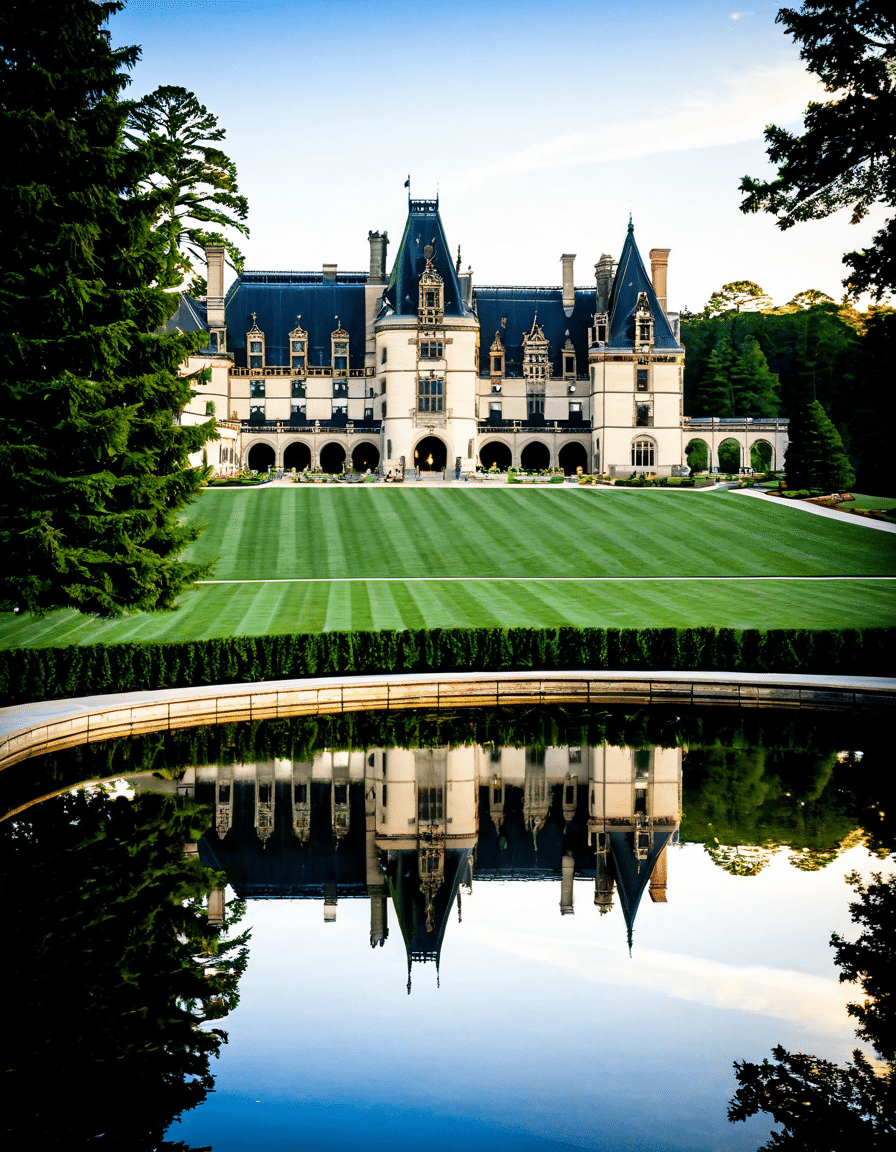
Exploring Biltmore Village: A Historical Gem
Adjacent to the estate lies Biltmore Village, a charming community originally designed as a residence for estate staff. This quaint destination, crafted by architect Richard Morris Hunt, boasts cobblestone streets and unique architectural styles that add to its allure.
Today, visitors can enjoy a mix of boutique shops, art galleries, and restaurants that invite exploration. The atmosphere reflects a blend of historical charm and contemporary convenience, making it a perfect spot to unwind after a day at the Biltmore Estate.
The village connects past and present, showcasing the Vanderbilt family’s vision of a community that thrived off the estate’s legacy. It’s a delightful experience to wander through its paths, where each turn reveals something new.
Briarcliff Manor: A Hidden Treasure within the Biltmore Estate
Among the many hidden gems in the Biltmore Estate grounds is Briarcliff Manor, a private retreat that serves as a symbol of the Vanderbilt family’s leisurely lifestyle. This quaint manor features artisanal stonework that captivates visitors alongside stunning gardens that offer perfect spots for reflection.
Recently renovated, Briarcliff Manor provides a glimpse into how the family lived, showcasing the finer details of their personal life. Today, it operates as an exclusive venue, boasting a hospitality experience that seamlessly blends history with modern service.
Exploring this lesser-known treasure adds depth to the understanding of the Biltmore legacy, allowing visitors to appreciate the family’s dedication to beauty and comfort in their lifestyle.
Sustainable Practices and Modern Enhancements at the Biltmore Estate
In recent years, the Biltmore Estate has embraced sustainable practices. This includes the installation of solar panels, which reflect a forward-thinking commitment to environmental conservation. Eco-friendly landscaping has also become a focus, showcasing the blend of history and modern sensibility.
Additionally, the estate has ventured into winemaking, establishing vineyards that produce award-winning wines. This not only promotes local agriculture but also contributes to the economic vitality of the Asheville area, creating a sustainable cycle of growth.
By intertwining history with modern advancements, the estate serves as an example of how heritage and sustainability can go hand in hand, inspiring others to follow suit.
Events that Elevate the Biltmore Experience
The Biltmore Estate isn’t just a historical site; it transforms throughout the year with various events that enhance the visitor experience. From the annual Christmas at Biltmore celebration that turns the mansion into a sparkling winter wonderland to seasonal wine tastings, each event showcases the estate’s character in a unique way.
Additionally, educational workshops offer guests an opportunity to delve deeper into horticulture, winemaking, and the estate’s history. Such events create a rich emotional connection and add layers to the experience, ensuring that guests leave with lasting memories.
The magic of the Biltmore Estate is not confined to mere sightseeing but rather extends into interactive experiences that resonate with visitors long after they’ve left.
In conclusion, the Biltmore Estate is much more than just a stately mansion; it represents a rich narrative of ambition and artistry intertwined with nature. From its architectural marvels to the lush gardens and vibrant community of Biltmore Village, every aspect invites exploration and appreciation. Whether you’re sipping a glass of locally crafted wine while overlooking the stunning Blue Ridge Mountains or strolling through the historical streets of the village, the Biltmore experience is sure to resonate with all who visit, reminding us of the legacy of one of America’s most notable families.
The Biltmore Estate: A Treasure Trove of Fascinating Facts
An American Architectural Wonder
The Biltmore Estate, nestled in Asheville, North Carolina, isn’t just the largest privately-owned home in the United States; it’s a dazzling showcase of 19th-century craftsmanship and opulence. Built by George Washington Vanderbilt II, the estate boasts a staggering 250 rooms — yes, you read that right! Each space has a story, from the splendid library holding over 10,000 volumes to the breathtaking gardens designed by the renowned Frederick Law Olmsted. Imagine taking a leisurely stroll through these sprawling grounds, which are more than just a pretty face; they contrast sharply with the hustle and bustle of modern life, much like the charming neighborhoods in places like San Leandro, CA.
A Family Legacy of Luxury
Did you know that the estate has been in the Vanderbilt family since its inception? George Vanderbilt made his home here a refuge from the outside world, a stark contrast to today’s high-octane pace. Just think about how every corner of the Biltmore Estate holds whispers of history and echoes of family gatherings that are private yet grand. If you’re curious about how such majestic places connect generations, it’s reminiscent of family traditions found across America And Massachusetts, where rich heritage meets modern life. The estate not only reflects personal legacy, but it’s also a key piece of American history that continues to draw over a million visitors each year.
Unwind in the Bounty
While you’re exploring the estate and its gardens, don’t forget to check out their winery, which is the most visited in the country! Offering tastings and tours, it’s the perfect spot to soak in the ambiance, sip on fine wine, and maybe even learn how it all ties back to hospitality in Asheville, a city known for its vibrant culture. Interestingly, wine enthusiasts often ponder whether watching a sunset with a glass in hand at the estate is better than snacking on beef jerky while hiking nearby trails. The Biltmore’s offerings create a unique blend of luxury and adventure, making it a noteworthy backdrop for relaxation or reflection. Plus, if you catch a glimpse of Eboni K. Williams sharing her thoughts on social justice amidst such beauty, you’ll realize the estate cultivates not just appreciation for the arts and architecture, but also dialogues that matter.
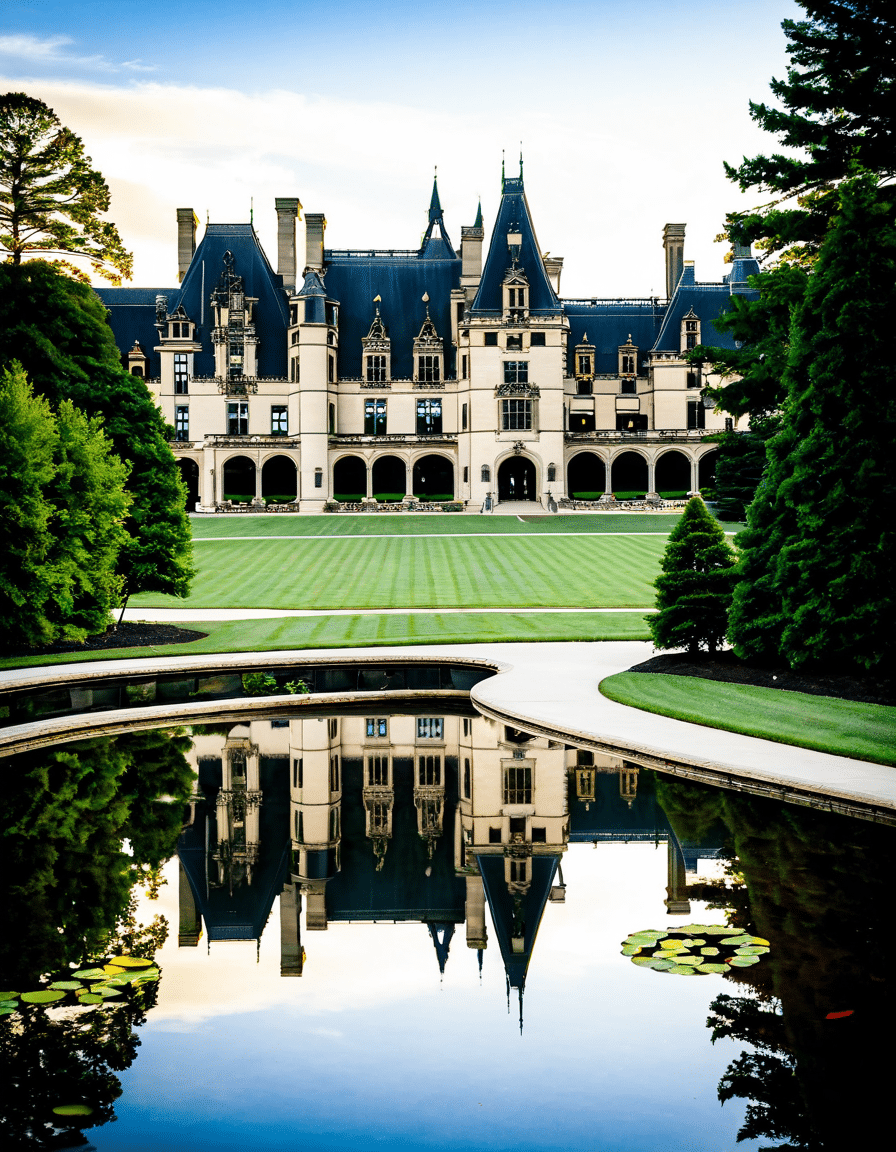
Why is the Biltmore Estate so famous?
The Biltmore Estate is famous for being America’s largest private home, built by George Washington Vanderbilt in the late 19th century. Its stunning architecture, beautiful gardens, and rich history attract visitors from all over the world.
How much does it cost to stay overnight at the Biltmore Estate?
Staying overnight at the Biltmore Estate can cost anywhere from around $200 to over $600 a night, depending on the season and the type of accommodation you choose.
Do the Vanderbilts still live at Biltmore?
No, the Vanderbilts don’t live at Biltmore anymore. The estate is now a historic attraction owned by the Biltmore Company, which operates it as a tourist destination.
Does Anderson Cooper own the Biltmore?
Anderson Cooper doesn’t own the Biltmore Estate, but he is a descendant of the Vanderbilt family, which founded the estate.
What are the secret things to do at the Biltmore?
Some secret things to do at the Biltmore include exploring the lesser-known trails in the gardens, visiting the winery for tastings, or checking out the behind-the-scenes tours that aren’t advertised widely.
Does anyone live in Biltmore Castle?
No, no one currently lives in the Biltmore House itself. It’s a museum open to the public, although the estate has private residences nearby.
What famous death happened at the Biltmore Hotel?
A famous death at the Biltmore Hotel is that of the actor William Holden, who died in 1981 at the hotel in Los Angeles, not the actual Biltmore Estate in North Carolina.
Is Biltmore worth the money?
Many visitors feel the Biltmore is worth the money because of its impressive architecture, extensive gardens, and rich history, but it really depends on personal preferences.
What can you do at the Biltmore for free?
You can enjoy some free activities at the Biltmore by walking the grounds, taking a self-guided walking tour, or simply enjoying the beautiful views from various points without having to buy a ticket for the house.
Why did the Vanderbilts lose their fortune?
The Vanderbilts lost their fortune due to a combination of extravagant spending, poor investments, and the financial impact of the Great Depression.
Who owns the Biltmore House right now?
The Biltmore House is currently owned by the Biltmore Company, which is led by the family descendants, but it operates as a commercial venue rather than a private residence.
Are there any Vanderbilts alive today?
Yes, there are Vanderbilts alive today, but they are spread across different branches of the family, and most do not have the same wealth as their ancestors.
Who lives in the private residences on Biltmore Estate?
The private residences on Biltmore Estate are typically occupied by the estate’s employees or individuals associated with its operations, rather than direct descendants of the Vanderbilts.
Did Anderson Cooper inherit Vanderbilt money?
Anderson Cooper did inherit some Vanderbilt money, but he’s also made a name for himself as a successful journalist and television personality, meaning he has his own income as well.
How much did George Vanderbilt pay for the Biltmore property?
George Vanderbilt paid approximately $50,000 for the Biltmore property in 1888, which is a hefty sum for that time but a bargain considering its size and potential.

